In a groundbreaking development that seems to blur the lines between science fiction and reality, researchers have made significant strides in using artificial intelligence to reconstruct images from human brain activity. This remarkable achievement, often referred to as "AI mind-reading," leverages functional magnetic resonance imaging (fMRI) technology to decode and visualize what a person is seeing based solely on their neural patterns. The implications of this technology are profound, touching upon fields ranging from neuroscience and psychology to artificial intelligence and even law enforcement.
The process begins with the collection of extensive fMRI data, which measures brain activity by detecting changes in blood flow. When a person views an image, specific areas of their brain light up in predictable patterns. By training AI models on vast datasets that pair these neural patterns with corresponding images, scientists have created systems capable of making educated guesses about what a person is looking at. The results, while not yet perfect, are astonishingly accurate in many cases, offering a glimpse into the inner workings of the human mind.
How does this technology work in practice? Participants in these studies typically view thousands of images while undergoing fMRI scans. The AI system then learns to associate particular brain activity patterns with specific visual features, such as colors, shapes, or even complex objects like faces or animals. Over time, the AI becomes increasingly adept at reconstructing images that closely resemble what the participant is seeing, based solely on their brain activity. This process represents a remarkable fusion of neuroscience and machine learning, pushing the boundaries of what we thought possible in understanding human cognition.
One of the most fascinating aspects of this research is how it challenges our traditional understanding of perception and consciousness. The fact that external observers can now, to some degree, "see" what another person is seeing based on brain activity raises profound philosophical questions. It suggests that our subjective experiences may be more quantifiable and observable than previously believed, potentially opening new avenues for studying consciousness and mental states.
The applications of this technology are both exciting and somewhat unsettling. On the positive side, it could revolutionize communication for people with severe disabilities, allowing them to express their thoughts visually when speech or movement is impossible. In the medical field, it might help diagnose and understand visual disorders or hallucinations. For law enforcement, it could potentially serve as a tool for gathering evidence or understanding witness memories. However, these same capabilities raise significant ethical concerns about privacy and mental autonomy that society will need to address.
Current implementations of this technology still face considerable limitations. The reconstructed images are often blurry or lack fine detail, and the process requires extensive calibration for each individual. Moreover, fMRI machines are large, expensive, and impractical for everyday use. Researchers are working to overcome these challenges, exploring ways to improve resolution, reduce costs, and potentially adapt the technology for use with more portable brain imaging systems.
Looking to the future, the potential evolution of this technology is both thrilling and daunting. As algorithms become more sophisticated and our understanding of the brain deepens, we may reach a point where AI can reconstruct not just simple images but complex scenes, memories, or even imagined visuals. This could lead to unprecedented forms of communication and artistic expression, but it also necessitates careful consideration of ethical boundaries and personal rights in what has traditionally been the most private of spaces - our own minds.
The development of AI-powered brain image reconstruction represents a watershed moment in neuroscience and technology. It demonstrates how far we've come in mapping the relationship between neural activity and conscious experience, while simultaneously highlighting how much we still don't understand about the human brain. As this field progresses, it will undoubtedly continue to challenge our assumptions about perception, privacy, and the very nature of thought itself.

By Victoria Gonzalez/Apr 10, 2025

By Joshua Howard/Apr 10, 2025

By Noah Bell/Apr 10, 2025

By Emily Johnson/Apr 10, 2025

By Eric Ward/Apr 10, 2025

By Megan Clark/Apr 10, 2025
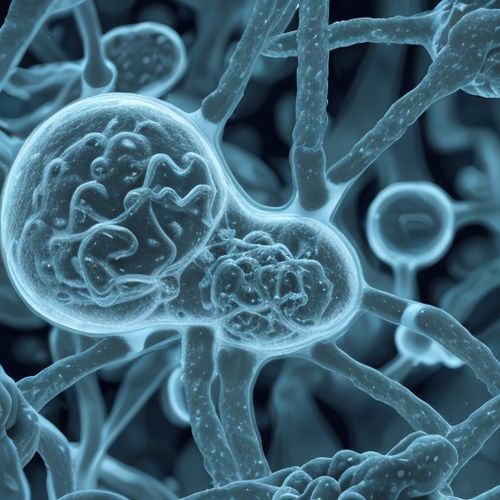
By Samuel Cooper/Apr 10, 2025

By Daniel Scott/Apr 10, 2025
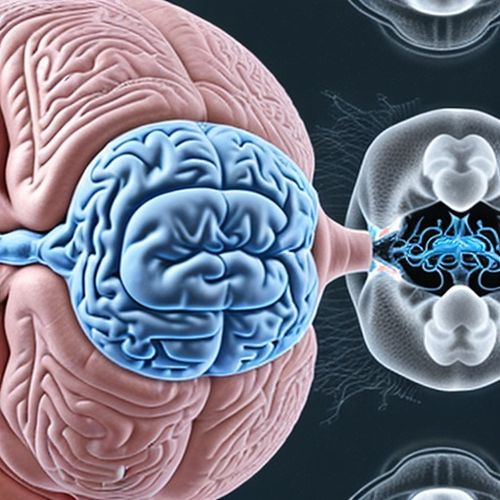
By Emma Thompson/Apr 10, 2025

By Rebecca Stewart/Apr 10, 2025
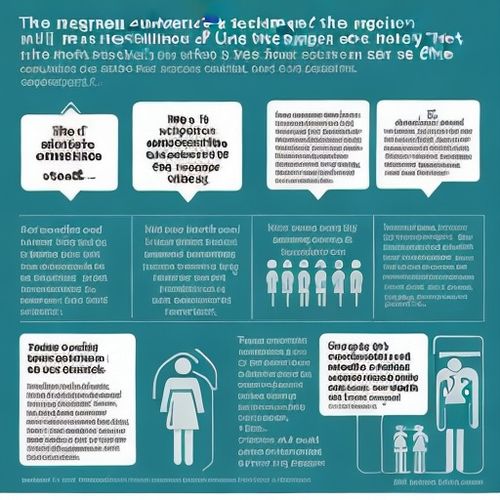
By Lily Simpson/Apr 10, 2025
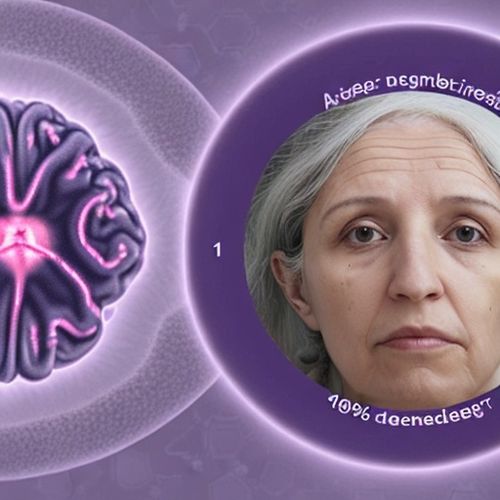
By John Smith/Apr 10, 2025

By John Smith/Apr 10, 2025
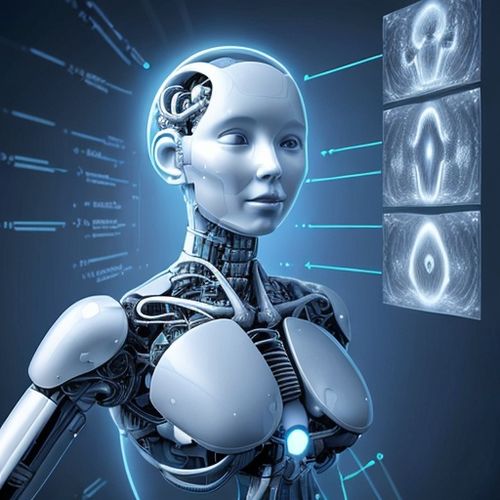
By Samuel Cooper/Apr 10, 2025

By John Smith/Apr 10, 2025
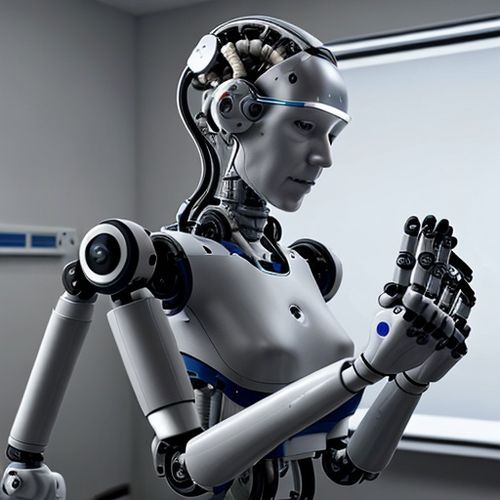
By Rebecca Stewart/Apr 10, 2025
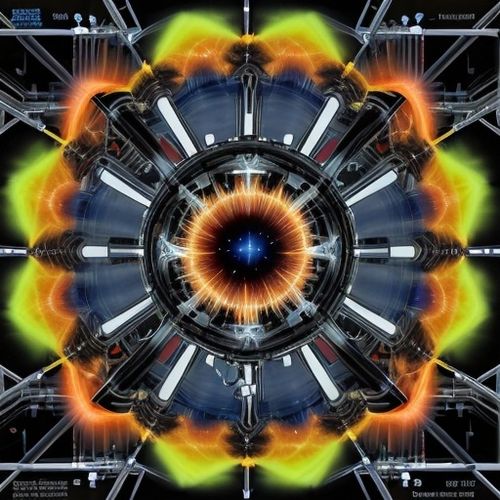
By Joshua Howard/Apr 10, 2025